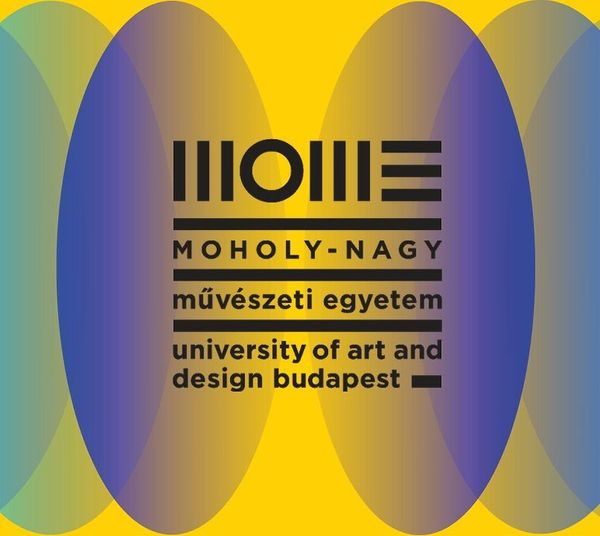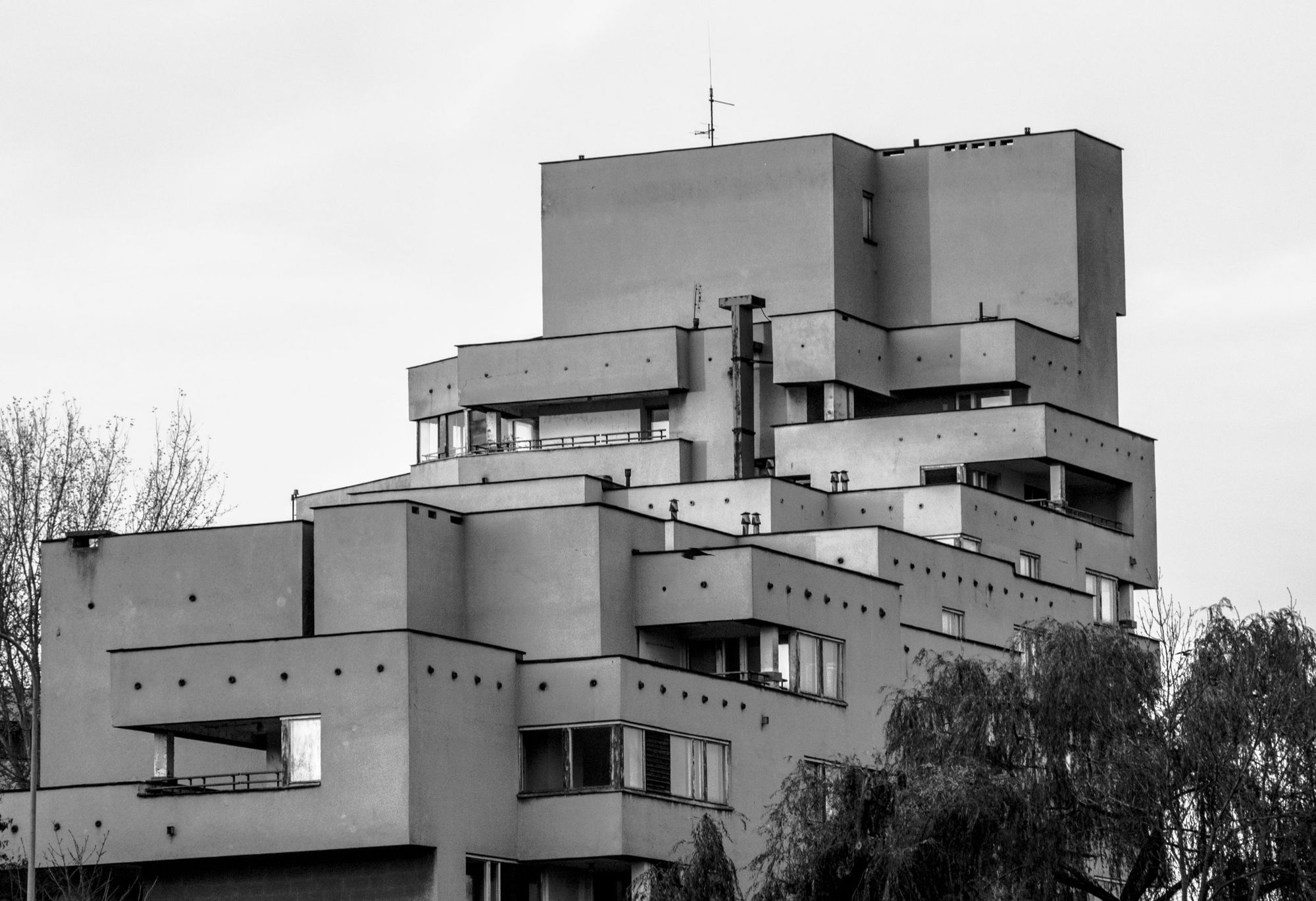Discovering Eastern European metropolises, we might come across many different architectural styles and striking contrasts. Often, we stumble upon buildings of the past that for many are not exactly the epitome of aesthetics, yet there are those who are fascinated by them. Sebastian Czarnecki has a unique vision of documenting Warsaw and its ephemeral architectural heritage through his lens, while developing and designing apps. Let’s get to know him better and immerse ourselves in Warsaw’s modern architecture.

Photography is a hobby, or rather a passion for you, but could you tell us about your educational
background and your profession?
I studied at the best Polish university, the University of Warsaw, majoring in banking, capital market and insurance. I was also a one-year scholarship holder of the Google Developer Nanodegree Scholarship program, where I learned to program in Java—one of the effects is the application “Warsaw Modernism Tour Guide” available on Google Play. I have always liked creating new things, so when I was in middle school, I developed in HTML and JavaScript a portal about ski jumping. Along with the development of the website, I created more and more modern layouts. So, later on, I naturally took up professional UX/UI design. I’m currently working for an international American corporation as a product designer (i.e. a UX/UI designer who also knows different types of technology well and knows how to program).
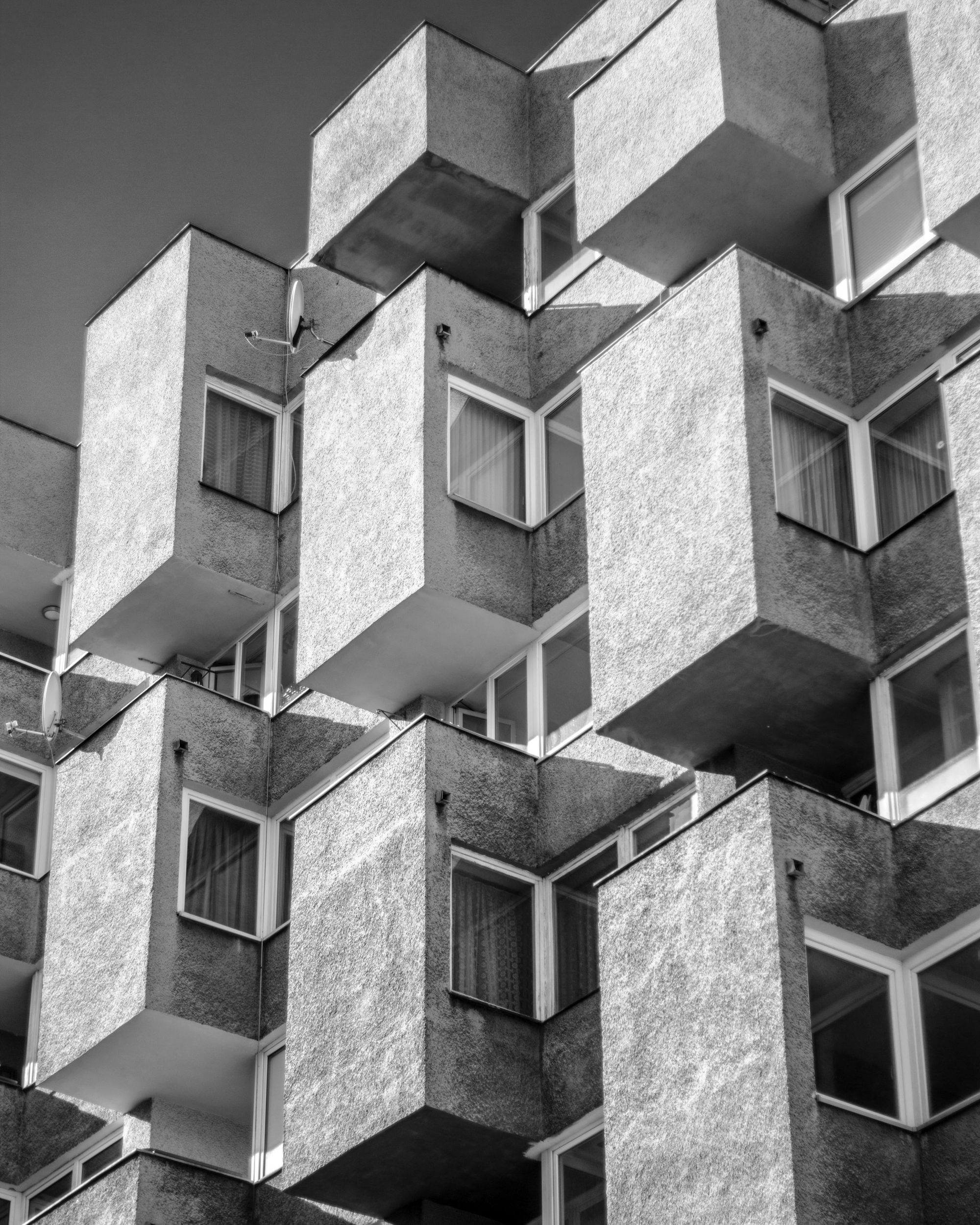
When did your love for photography start exactly?
It all began when I got my hands on an SLR for the first time. I decided to sign up for a professional course. I learned to use the manual mode and after that, the plot thickened. While working at the Copernicus Science Center, I co-created a photographic darkroom. Experimenting with developing plates, exposing photosensitive paper, observing the entire process of creating photography gave me great joy. In the meantime, I set up a Facebook profile where I mainly published photos of Warsaw. I organized several exhibitions; the most famous one was entirely devoted to the Palace of Culture and Science, and was open for 2 years on the famous observation deck on the 30th floor. There were also commissions: I worked for the new McLaren showroom in Warsaw, I did sessions of new Maserati, Porsche, Volvo and BMW models.

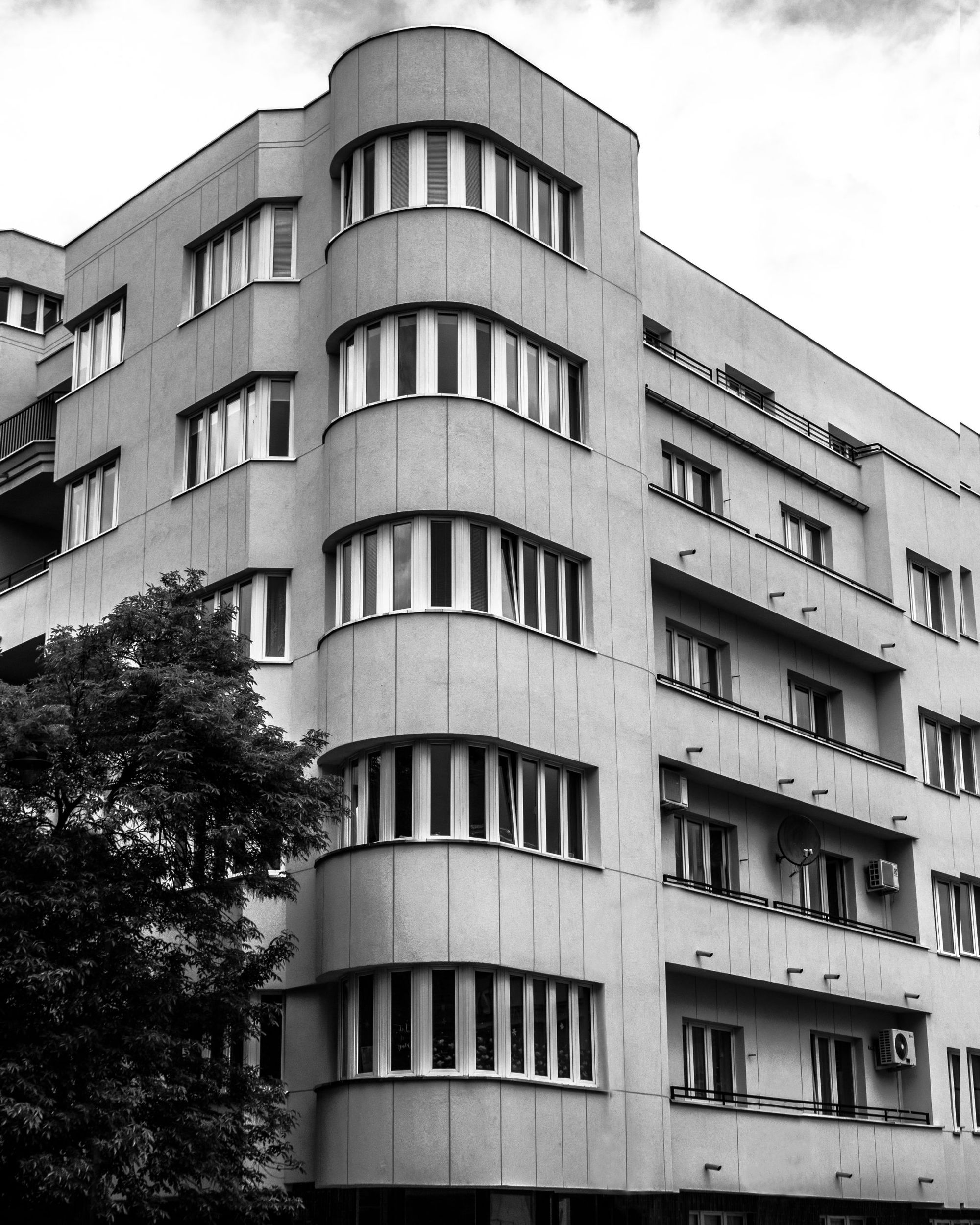
How would you describe the architecture of Warsaw? What do you find particularly intriguing about it?
Warsaw’s architecture is very contrasting, and this is due to its dramatic history. Each district is different, which means that any walk, even a completely random one, can lead to surprising results. Let’s say you’re in the center of Warsaw and you want to get from A to B. You can do this in a number of ways—on one route you’ll be struck by the aesthetics, cleanliness and orderliness, on a par with Western European capitals such as Rome, Paris or Vienna. In other regions, we can still recognize the urban planning ideas of modernism, which are nowadays a rarity with chaotic new buildings.
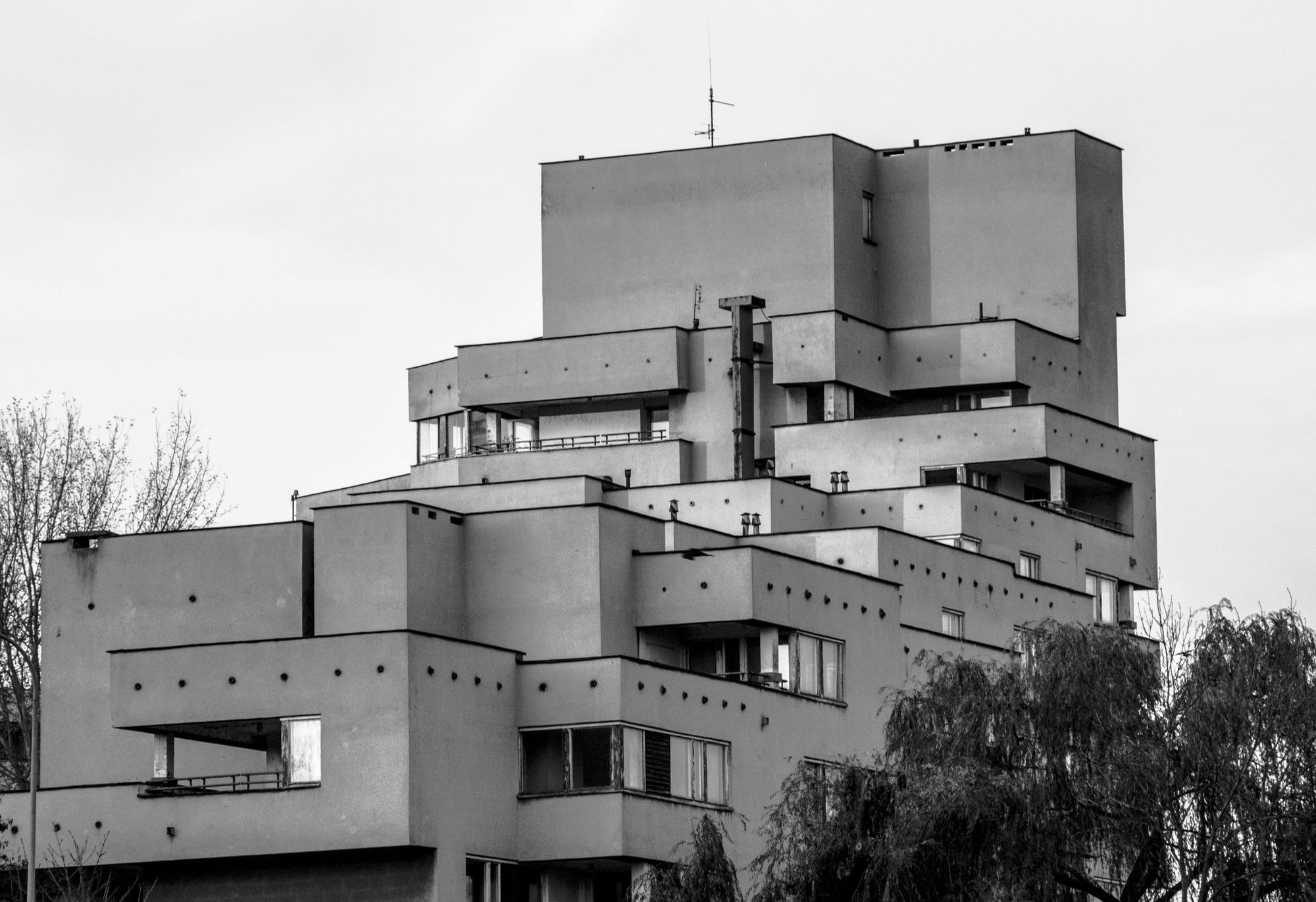
What interests you most in architecture? Do you have a favourite style?
I think it is related to the love for Warsaw that I carry in my DNA. Architecture for me is a kind of subconscious connection with the city. My favorite architectural style is, of course, modernism. It is functional and pragmatic. The very name ”modernism” comes from the French word ”moderne”, which means modernity, understood as a method of operation optimized for existing circumstances. It appeals to me. Besides, it is not easy to photograph architecture, especially the “not obviously pretty.” And I like challenges.
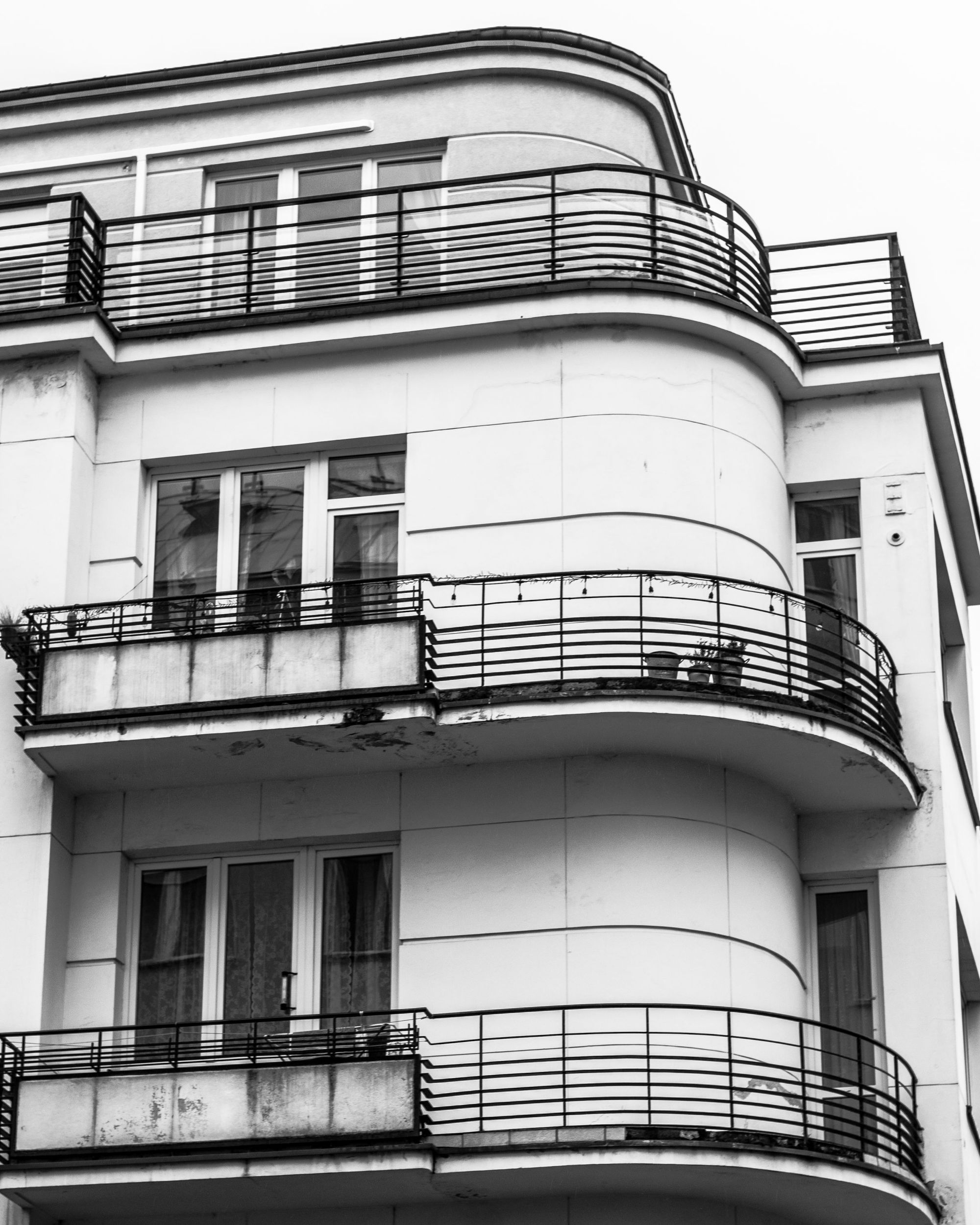
You have a very unique style. Is that how you started taking photos right away, or did you develop it in the meantime? Are there any artists who inspire you?
At the beginning of my journey as a photographer, I mainly took pictures of Warsaw: panoramas, streets, with long exposure time at night. Then there was a moment when I was taking pictures of the modernist blocks of flats in the Vistula district of Warsaw, and everything became clear to me: original black and white, vision and atmosphere. No one inspired me. Everything came from me, from my heart.

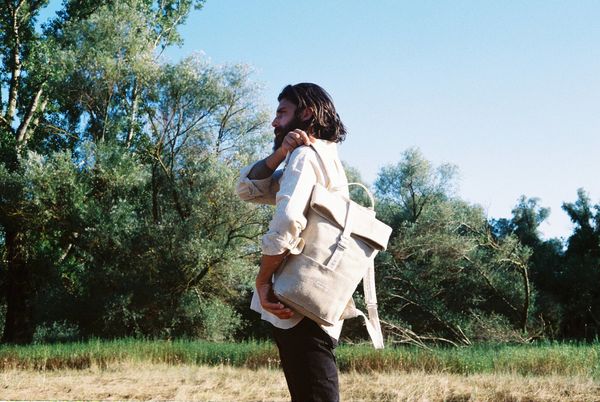
Practical and stylish backpacks from Eastern Europe | TOP 5
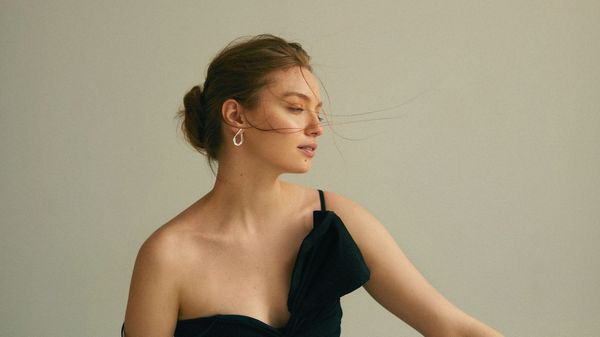
“A minimalist oasis with plenty of possibilities” | A design concept store opened in Cluj Napoca
